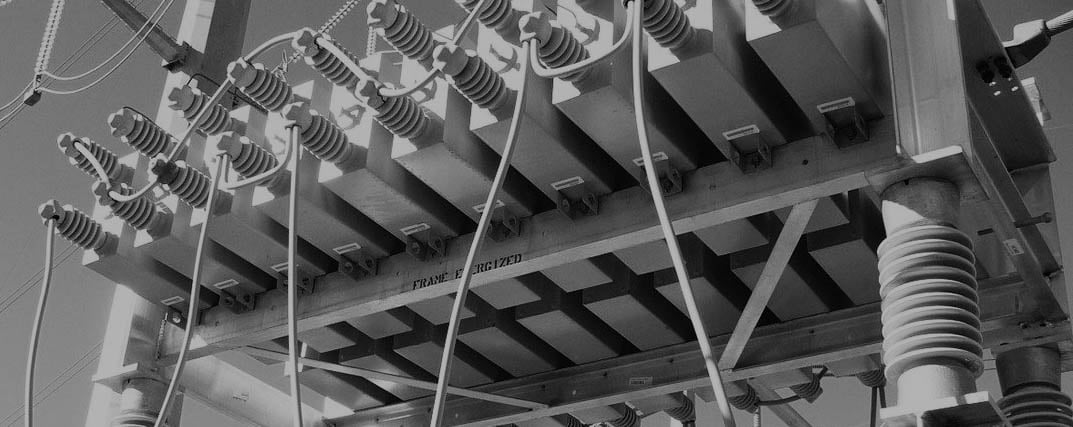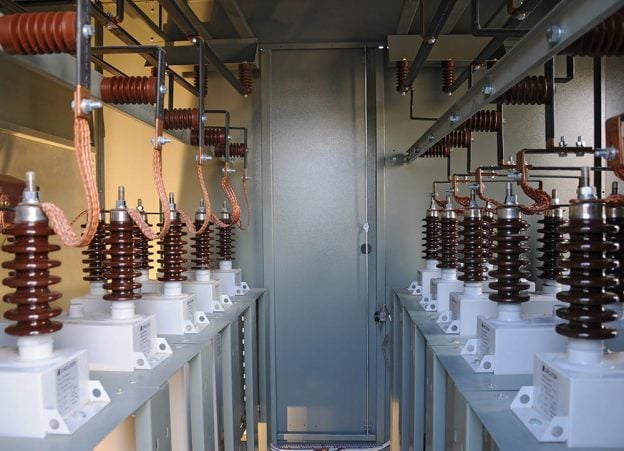Course Description
This course is one of the essential courses for electrical engineers. It explains the theory behind capacitor banks, their series and parallel connections, protection and much more. The course is based on the use of capacitor banks in the field.
The course consists of 8 lessons in 1 hour 41 min.
Why in series connection capacitance decreases but still, they are used in the field? This question and many others are answered in this course. You will learn the advantages of capacitor banks as well as the important concept of the current transformer and the meaning of its primary and secondary values.
This course answers the most common questions related to capacitor banks:
- Do capacitors provide fixed MVAR all the time?
- How to discharge a capacitor, charging and discharging of the capacitor, time constant.
- Checking relationship among capacitance, charge, and voltage applied.
- How to calculate voltage rise when a capacitor is switched on?
- How capacitors are connected in capacitor banks?
- How to apply unbalance voltage and current protection schemes?
- How to calculate phase overcurrent, earth fault, and neutral current displacement relay settings of capacitors?
Course Summary
- Introduction
- Capacitor Bank Connection Methods
- Calculating Short Circuit MVA
- Calculation of Voltage Rise of Switched on Capacitor Bank
- Phase and Neutral Overcurrent Relay settings
Requirements
- Basics of electrical concepts
Who Is This Course For
- Practicing power system engineers
- Substation engineers
- Maintenance staff
- Electrical engineering students planning on pursuing a career in power engineering
- Power System Protection Engineers
- Under Graduated
Downloadable course materials
After purchasing the course, students can download the following documents:
- Capacitor Application Issues (PDF)
- Shunt capacitor bank applications and protection fundamentals (PDF)
- Spreadsheet for calculating the size of a capacitor for power factor improvement (XLS)
- SquareD – Selecting capacitor size spreadsheet (XLS)
- Using capacitors to regulate the voltage in electrical networks (PDF)
Course Content
About Instructor



